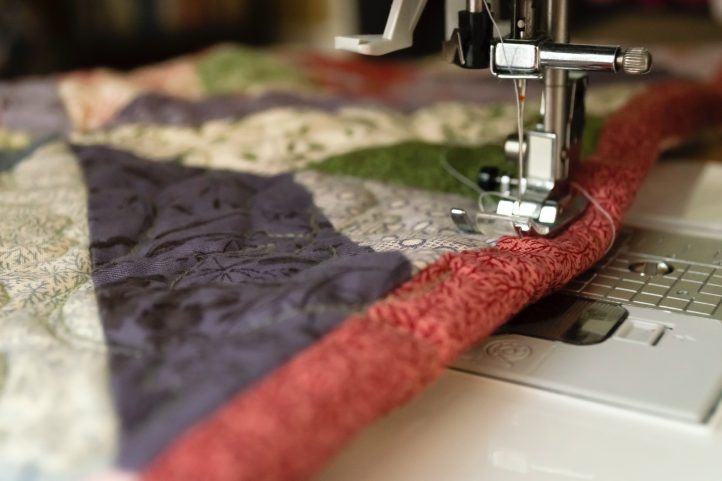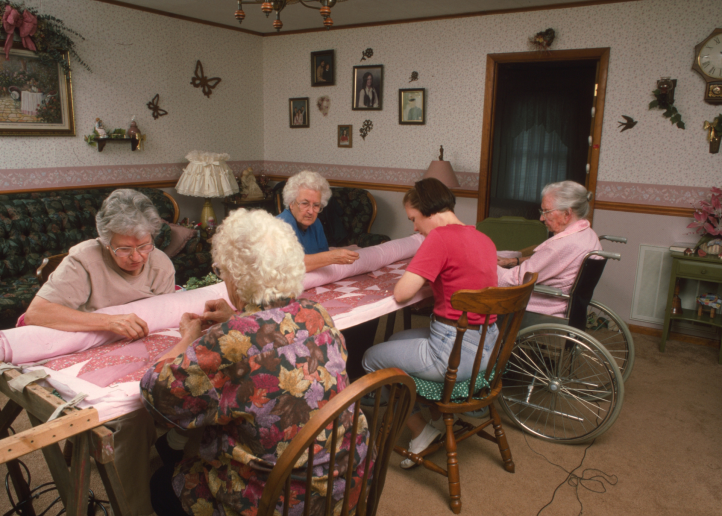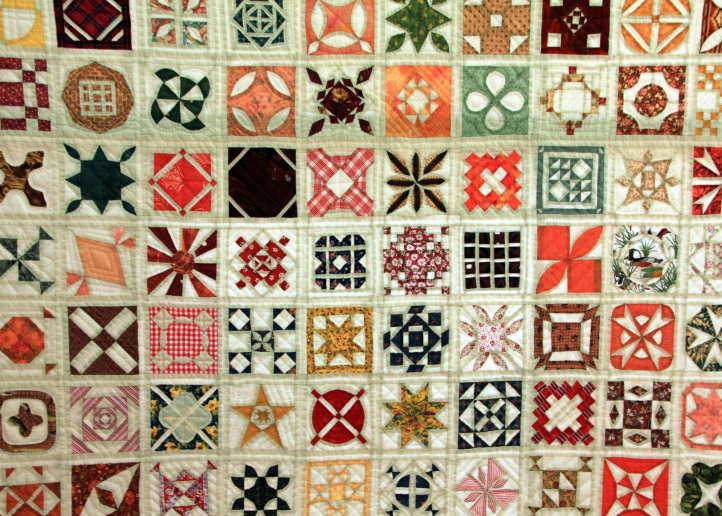
If you’ve been itching to share your love of quilting with others in your area, learn new techniques, and give back to your community, you may be the perfect candidate for starting a quilt guild. Quilt guilds are groups of community quilters that meet to discuss all things quilting. Different from quilting and sewing circles, guilds focus less on chatting and stitching and more on working together to expand your quilting knowledge and share your skills with the community. Many quilt guilds also organize quilt drives and other charity projects to give back to those in need. If you’re a go-getter who can’t get enough of all things quilting, starting a local guild might be a great fit for you.
We’re here to share some major steps of setting up a quilt guild and help you organize your thoughts as you start on this journey. From whether your guild is open to the community to electing members, we’ll help you learn the ins and outs of creating a quilt guild. We’d also like to note that this article is a general overview of the process of organizing a quilt guild and is not legal advice. For specific materials and information packets on starting your own guild, please visit the Modern Quilt Guild website.
Where to Start
When planning your quilt guild, it’s important to plan not only how your meetings will be set up, but how your guild will function. Below are some elements that you’ll need to plan out before your first meeting:
- Is this guild open to the public or will there be limited membership?
- How will you promote this guild to potential members?
- How often will you meet?
- Where will you meet?
- What time will you meet and how long will your meetings last?
These questions may seem easy to answer at first but take some time to mull them over. Most guilds meet once a month for a set amount of time. Typically, quilt guilds meet at local fabric or craft shops, libraries, or churches. You’ll need a space that’s large enough to work in and that isn’t too expensive when you’re first starting out.

Getting Down to Business
At your first meeting, you’ll also have a checklist of items to take care of, the main one being electing officers, such as guild president, vice-president, secretary, etc. You’ll need to decide on dues (including how much and when they should be paid), your guild name, and the mission of your guild. Will you be focused on education or charity?
Modern Quilt Guild, in their instructions on starting a guild, also lists some other very important aspects of your first meeting, including writing bylaws and setting up a bank account (a duty for your treasurer). You’ll also need to determine how long your officials will hold office. It is advised that you consult an attorney when creating your guild’s bylaws.
Additionally, if your guild will be charity-focused, you may be able to apply for non-profit status. You can email the Modern Quilt Guild for further information.

Meeting Structure
While the specifics of your meetings should be catered to your group, in general, guild meetings follow a similar structure. As mentioned earlier, this structure is one of the main differences between a guild and a stitching circle. Starting with a call to order, you’ll begin by discussing any housekeeping or new items of business. You can then follow with a guest speaker or other educational element led by a guild member. All meetings include a show and tell portion in which members share current projects they’re working on with the group. A typical meeting will then wrap up with chatting and snacks. If this seems overwhelming, then don’t miss Claudia Porter’s sample agenda that you can personalize to fit your members (“How to Start a Quilt Guild”).
Meetings are also where you’ll plan upcoming charity events or quilt shows, and where you can discuss potential guest speakers and topics for future meetings. As Porter says in her article, “Don’t get discouraged if everything doesn’t get set up, or things don’t go smoothly, during your first few meetings. It will take a while to iron out the wrinkles and get the guild up and running.” The most important aspects of your quilt guild should be friendship, education, building community, and having fun!
We hope you’ve enjoyed our quick guide for creating a quilt guild. For more detailed information, don’t be afraid to reach out to Modern Quilt Guild or nearby quilting guilds in your state; they’re a great resource for new quilting communities! Do you have guild ideas, tips, or other advice to share? What is your favorite part of being in a quilt guild? Let us know below in the comments.
